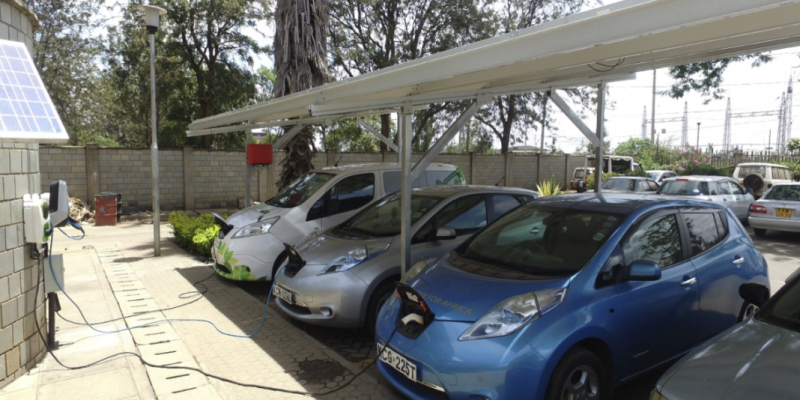Over the past year, Kenya has seen a lot of growth in the electric vehicle space. Things started gearing up when KenGen – an electricity generation company – announced plans to set up electric vehicle charging stations in the country. This was followed by the government, through Kenya Power, announcing similar plans and stating that new commercial buildings will have to be required to have charging stations installed.
The sector got a new lease of life when the first Tesla in the region was spotted on Kenyan roads and this was promptly followed by a few high profile announcements such as ride-hailing app Bolt launching an electric-car-only service, Uber launching electric motorcycles and bikes for delivery and the latest one, Meta group launching the sale of electric delivery vans.
Beyond this, we have also seen Kenyan-made innovations such as electric tuk-tuks, mkokotenis and even a startup that sets up charging stations at people’s residences – EV chaja. With this in mind, it’s prudent that we have to highlight electric vehicles charging stations in Kenya, as much as the majority of these stations are controlled by the startup, Nopia.
Here are the current locations in Nairobi where you can find electric vehicle charging stations:
- Thika Road Mall – Roysambu (off Thika Road)
- Two Rivers Mall – Limuru Road
- Holy Family Basilica Parking Silo – CBD
- The Hub – Karen
- Sarit Centre – Westlands
All the above charging stations are level 2, which deliver a higher-output 240-volt power, compared to the standard 120-volt wall sockets in Kenya. These level 2 charging stations are able to charge a Nissan Leaf (the most popular electric vehicle in Kenya) in around 3 hours.
The above list will be updated as more public charging stations get setup in the country.






You might have mixed up voltage figures. Our wall sockets give 240v, not 120v.